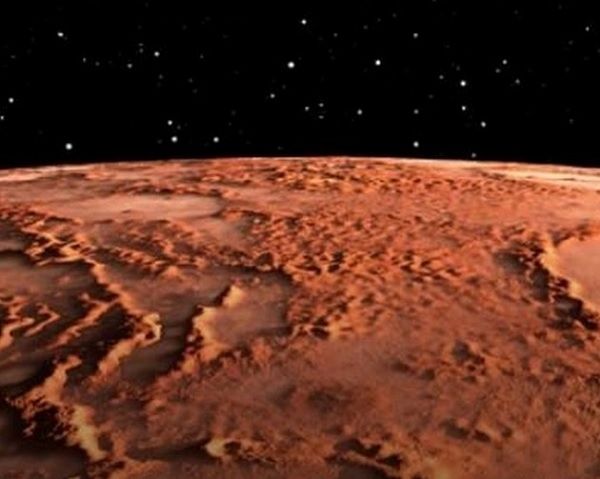
Washington. NASA’s Curiosity Rover of NASA has started digging in mysterious areas on Mars Planet, which can reveal new information about the history of the planet’s water. This small size robot has recently reached an area called “boxwork” which is a huge ranges spreading up to 12 miles on Mars.
According to NASA, the rover is currently discovering a layer of abundance of salty minerals called magnesium sulfate, which are made when water dries. Their presence here suggests that this layer has emerged as the climate is dry. Those who show boxwork patterns, even after drying, water is still present under the ground, which shows changes to be seen today.
-
Also read Citizens run bicycles for water, Mayor also put paddle
Curiosity climbs from the oldest to the newest layers, discovering signs of water and an environment that indicate ancient microorganism life.
The part of the mountain is important for the history of the boxwork pattern where they are found. Mount Sharp has several layers, each of which was formed during different eras of the ancient Martian climate.
Curiosity climbs from the oldest to the newest layers, discovering signs of water and an environment that indicate ancient microorganism life. The recently found clues on Mars can give additional information to NASA scientists about where the boxwork pattern was made.
This area which has been visible through orbital images over the years, but was never studied on the ground, it was believed that it is the last resting place of the last superficial water of Mars. However, the presence of veins like small white calcium sulfate in the rock, a mineral usually formed when the ground water flows from cracks, has shocked the scientists of the mission.
According to the information, these calcium sulfate-like veins used to be everywhere, but as Mount moves at the height of the sharp, they disappear more or less.
Curiosity climbs from the oldest to the newest layers, discovering signs of water and an environment that indicate ancient microorganism life.
This discovery has been done in high geological layers, which were previously considered dry, it means that the ground water remained active even after much after the experts were estimated in the history of Mars. By revealing this mystery, the planet’s habitable position and climate development can change the time limit too much.
With Curiosity continuing drilling and analysis of samples in the boxwork area, NASA scientists are expected to get intense information about the complex hydrian past of Mars.
-
These unannounced iOS 26 features may arrive in upcoming updates

-
David Beckham spotted with arm in sling after being hospitalised with 'unbearable' pain

-
Beth Mead offers three-word injury update after suffering England Euros scare

-
How has Harry Brook fared at Edgbaston in Tests? Stats

-
Paul Ince arrested and charged with drink driving after Man Utd icon's Range Rover crash
